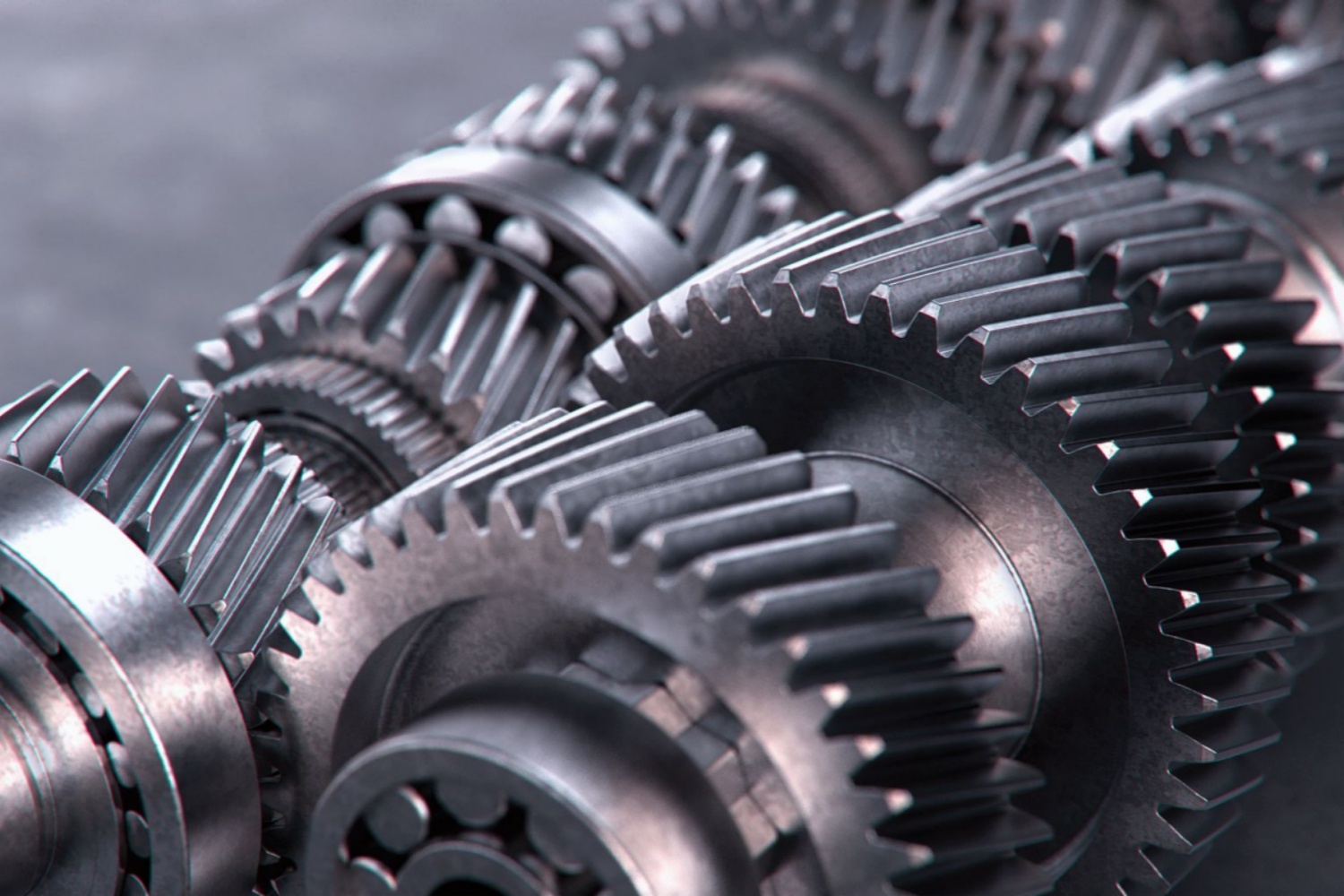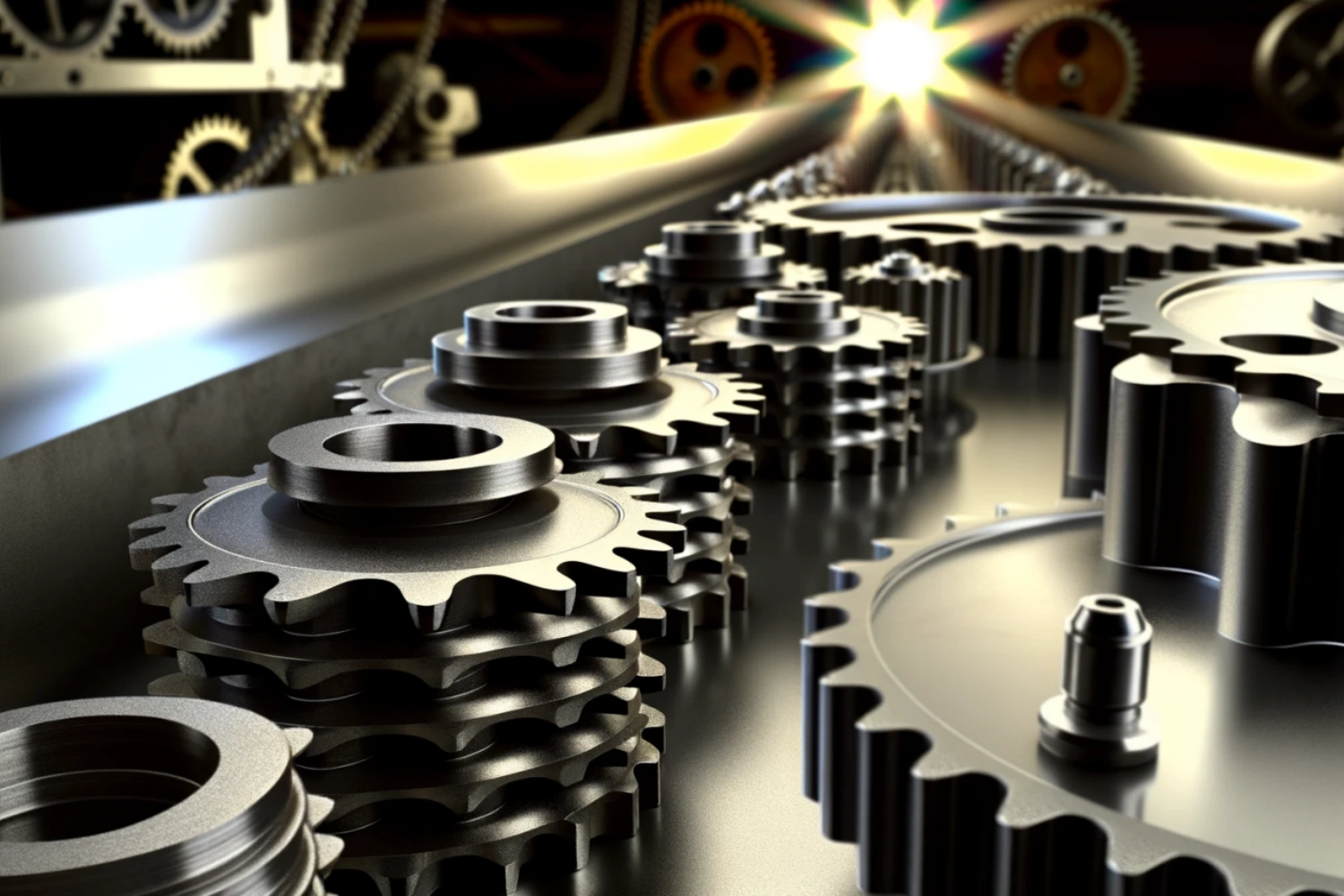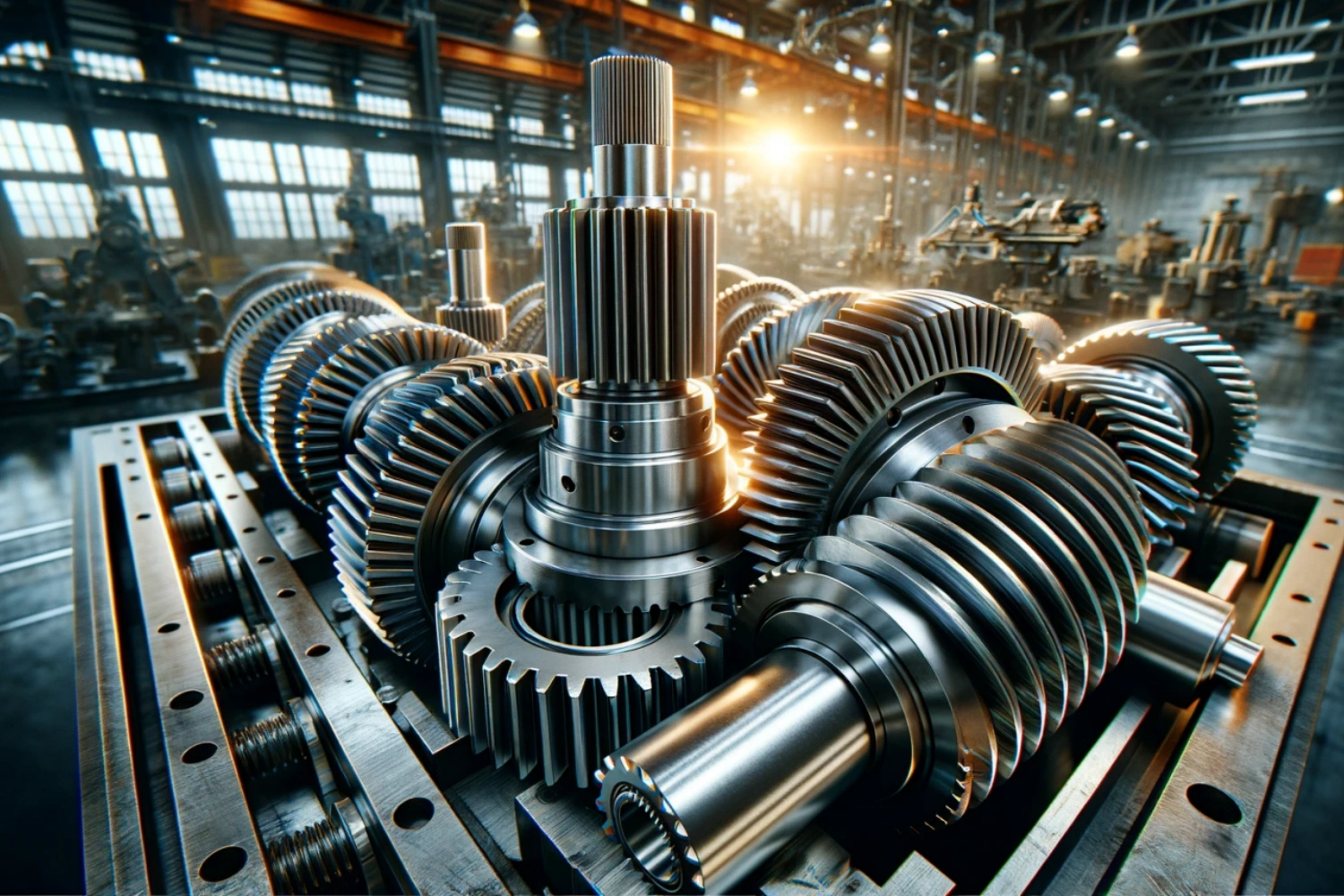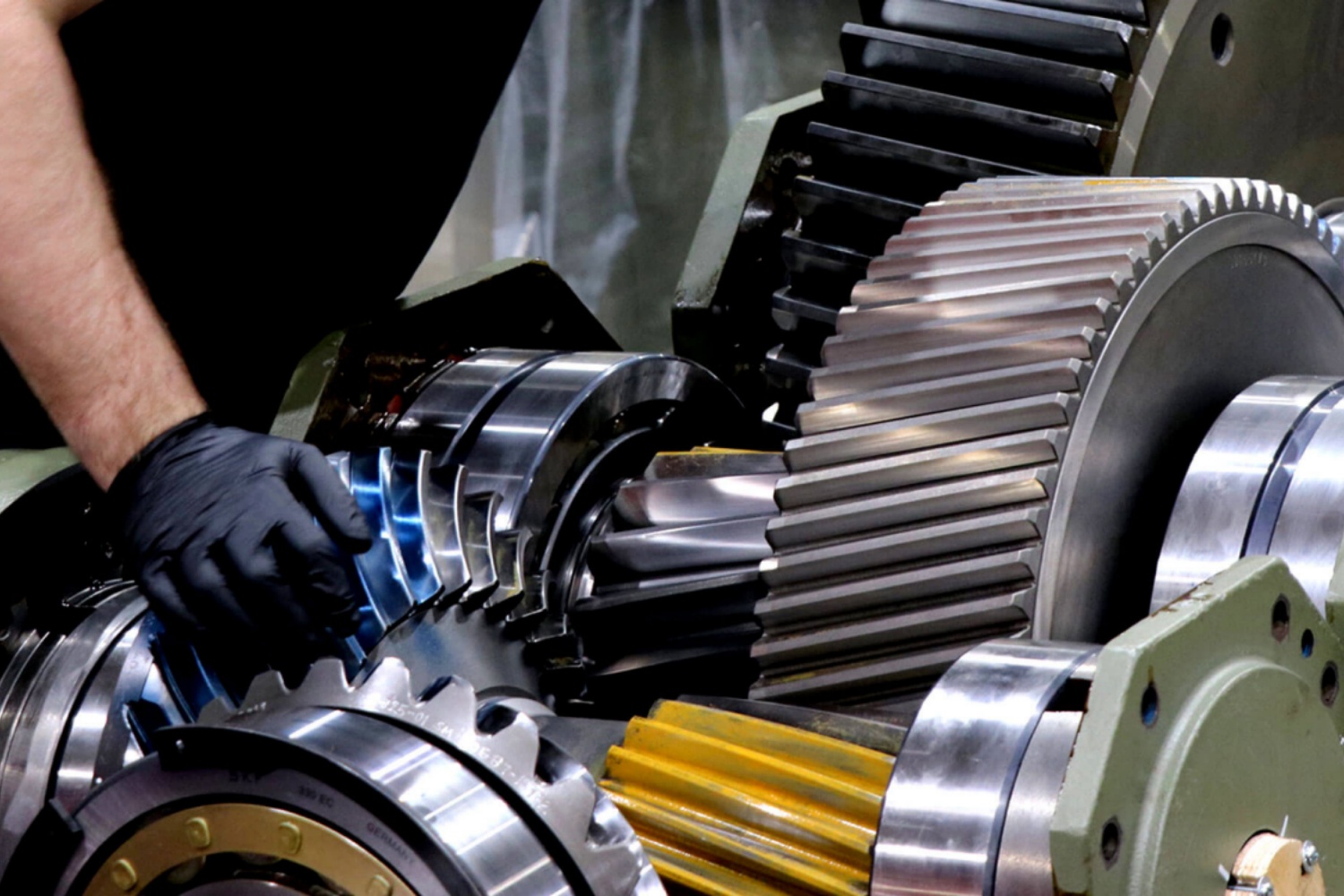Spur gears are among the simplest and most widely used gears in mechanical engineering and industrial applications. Their straightforward design and reliable performance make them essential components in a wide range of machinery, from basic devices to complex industrial systems. This guide explores the design principles of spur gears, their applications across various industries, and the advantages they offer in modern engineering.
What are Spur Gears?
Spur gears are cylindrical gears with straight teeth that are parallel to the axis of rotation. Unlike helical gears, which have angled teeth, the teeth on spur gears mesh directly and uniformly, making them highly efficient at transferring motion between two shafts. These gears are typically used in applications where the primary requirement is simple, direct power transmission between two parallel shafts.
Design Principles of Spur Gears
Tooth Profile and Geometry: The most crucial aspect of spur gear design is the tooth profile. Spur gears typically use an involute tooth profile, which ensures smooth engagement between gears and minimizes wear. The shape of the teeth is designed in such a way that each tooth in mesh makes contact at a point, creating a smooth and continuous transfer of power.
Pitch and Diameter: The pitch of a spur gear refers to the number of teeth per unit length along the circumference of the gear. This measurement directly impacts the gear’s efficiency and load capacity. The diameter of the gear also plays a critical role, as the larger the diameter, the more teeth are engaged, allowing for smoother power transmission and the ability to handle higher loads.
Material Selection: Spur gears are often made from a variety of materials, depending on the application. Steel, cast iron, aluminum, and plastic are commonly used materials. Steel is favored for its strength and durability, particularly in high-torque and high-load applications. For lighter duty applications, plastic spur gears can be used to reduce weight and noise.
Backlash: Backlash refers to the small gap between meshing teeth that prevents them from jamming when the direction of rotation changes. While some backlash is necessary for smooth operation, excessive backlash can reduce precision and cause wear. Therefore, maintaining the proper backlash is a key consideration in spur gear design.
Load Distribution: When designing spur gears, it’s important to consider how the load is distributed across the teeth. Proper load distribution helps in minimizing wear and increasing the lifespan of the gear. Load is typically distributed more evenly with gears that have a larger number of teeth engaged.
Manufacturing Spur Gears
The manufacturing process for spur gears can vary based on factors such as material, precision, and application. Here are some common manufacturing methods:
Hobbing: A common method for producing spur gears, involving a hob (a cutting tool) that shapes the teeth of the gear. Hobbing is widely used for high-volume production due to its efficiency.
Milling: Milling is another method used, particularly for producing gears in smaller quantities or for specific applications. It allows for precise control over the geometry of the gear teeth.
Casting: For applications requiring large gears with complex shapes, casting can be an ideal method. The gear is cast into its final shape, and then additional processes like grinding may be used to achieve the desired finish.
Grinding: After gears are cut, grinding is often employed to improve the surface finish and achieve tighter tolerances. It is especially common for gears used in high-precision machinery.
Applications of Spur Gears
Spur gears are used in countless applications across various industries due to their simplicity, efficiency, and ease of manufacturing. Here are some key areas where spur gears play a crucial role:
Automotive Industry: In the automotive sector, spur gears are used in transmissions, engine components, and power steering systems. They help transfer rotational motion between the crankshaft, camshaft, and other components, ensuring the smooth operation of the engine.
Industrial Machinery: Spur gears are critical in the operation of industrial machinery, including conveyor systems, gearboxes, and pumps. They are used to transfer power in assembly lines, lifting equipment, and various automated systems.
Robotics: In robotics, spur gears are often used for actuators and transmission systems. Their simplicity and ability to transmit power efficiently make them ideal for robotic arms and other machines that require precise motion control.
Pumps and Compressors: Many types of pumps and compressors rely on spur gears to drive the impellers or pistons. These gears help convert rotational motion into the necessary pressure and flow for fluid or gas transportation.
Machine Tools: Spur gears are used in machine tools such as lathes, milling machines, and grinders. They enable the precise movement and control required for cutting, shaping, and grinding metal and other materials.
Power Plants: In power generation, spur gears are often used in turbine drives and other mechanical systems that convert energy from one form to another. These gears are crucial in the generation of electrical power from mechanical systems.
Agriculture: Spur gears are used in agricultural machinery, such as tractors, harvesters, and irrigation pumps. They help power the various systems within these machines, ensuring that tasks like plowing, planting, and harvesting are performed efficiently.
Advantages of Spur Gears
Efficiency: Spur gears are highly efficient in power transmission due to their simple design and direct engagement. There is minimal energy loss during operation, making them ideal for applications where energy conservation is important.
Simplicity: The simplicity of spur gears makes them relatively easy to design, manufacture, and maintain. Their straightforward construction means fewer components, which translates to reduced complexity and cost.
Cost-Effectiveness: Spur gears are one of the most cost-effective types of gears, making them ideal for industries with high-volume production requirements. Their manufacturing processes, such as hobbing, allow for cost-efficient production.
Versatility: Spur gears are versatile and can be used in a wide range of applications, from low-speed systems to high-speed machinery. Their ability to handle different loads and speeds makes them a popular choice in many industries.
Low Noise and Vibration: Compared to other gear types, spur gears generate less noise and vibration when properly designed and manufactured. This is particularly important in applications where noise reduction is critical, such as in household appliances or precision equipment.
Spur gears are a foundational element in the world of mechanical engineering. Their simple yet effective design has made them a staple in industries ranging from automotive to industrial machinery and robotics. By understanding the design principles, manufacturing processes, and applications of spur gears, industries can make informed decisions about how best to implement them in their operations.
As technology continues to evolve, spur gears will undoubtedly remain a crucial component in the drive for efficiency, precision, and reliability in modern machinery. Their versatility, cost-effectiveness, and ability to provide smooth, reliable power transmission will continue to ensure their relevance in the years to come.
CONTINUE READING
Related Posts
In the intricate machinery that propels modern industries, the unassuming but critical component known as the industrial sprocket plays a […]
In the pulsating core of precision that powers industrial machinery, the intricate realm of industrial spline gears emerges as a […]
In complex industrial machinery, precision and reliability are crucial. Oris Gear Solutions serves as a beacon of innovation, seamlessly combining […]






